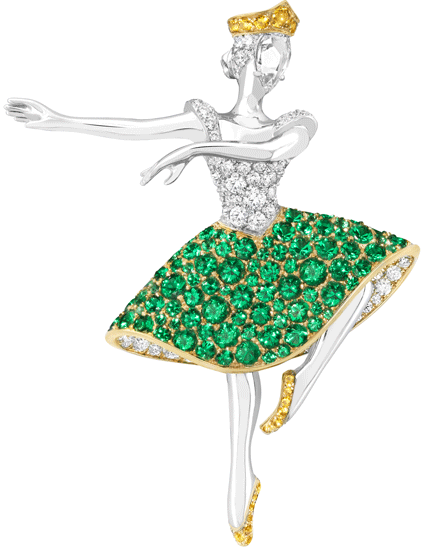Diamonds, the element carbon in nature, are usually thought of as clear, transparent, or white. Sapphires, corundums, or aluminum oxide, are abundantly blue in nature. Yet both precious gemstones also come in several fancy colors when trace minerals (impurities) bond within each stone's chemistry as they form over billions of years in the earth's crust.
Have you ever wondered what gives fancy diamonds and sapphires their various colors? Since I couldn't find charts via Google searches, I created 2 charts for you below, my lovely readers, listing the mineral or impurity present in each gemstone that produces its rare color.
💠🔶🔷💠🔶🔷💠🔶🔷💠🔶🔷💠🔶🔷💠🔶🔷💠🔶🔷💠🔶🔷💠🔶🔷
First up let's take a look at fancy diamonds --
Diamond is an allotrope (meaning it has molecular modifications) of pure Carbon
💠🔶🔷💠🔶🔷💠
Next up is our 2nd featured gemstone fancy sapphires --
Below is our 2nd chart listing the trace minerals or impurities that give sapphires their most common and fancy colors.
Sapphire is a corundum, chemically, extremely hard aluminum oxide. Red corundum is a ruby, not a sapphire.
|
Color of Sapphire |
Trace Impurities or minerals causing the color |
|
Blue (the most sold) |
Iron or Titanium |
|
Green and Yellow |
Iron or low-level radiation within the earth |
|
Orange (padparadscha sapphire) The Natural Sapphire Company | A combination of chromium (red) and iron (yellow) or natural radiation |
Purple and Violet |
Vanadium or natural radiation |
|
Pink |
Chromium |
|
|
|
|
When the corundum is red it is a ruby. All other colors of corundum except red, are sapphires. |
Chromium |
💠🔶🔷💠🔶🔷💠🔶🔷💠🔶🔷💠🔶🔷💠🔶🔷💠🔶🔷💠🔶🔷💠🔶🔷
Interesting fact: Red gemstones are the rarest in nature often making them the most costly. Red diamonds are extremely rare and expensive. Rubies tend to cost more than sapphires. The jewelry industry has a well-known saying about corundum, "If you're a buyer, you want to buy a sapphire, and if you're a seller you want to sell a ruby." So don't be fooled: Pink corundum is always a sapphire while red corundum is always a ruby. Take heed if a merchant is selling pink rubies!😁
| What fun Van Cleef & Arpels designs with emeralds and fancy carnary yellow diamonds in the center dancer! We'd all be dancing if we could afford to buy them. |
I hope you find my 2 charts helpful in understanding what makes fancy diamonds and sapphires. Fancy is a real term in the gemology world used for the lesser-known colors of these gemstones.
You may also enjoy:











No comments:
Post a Comment